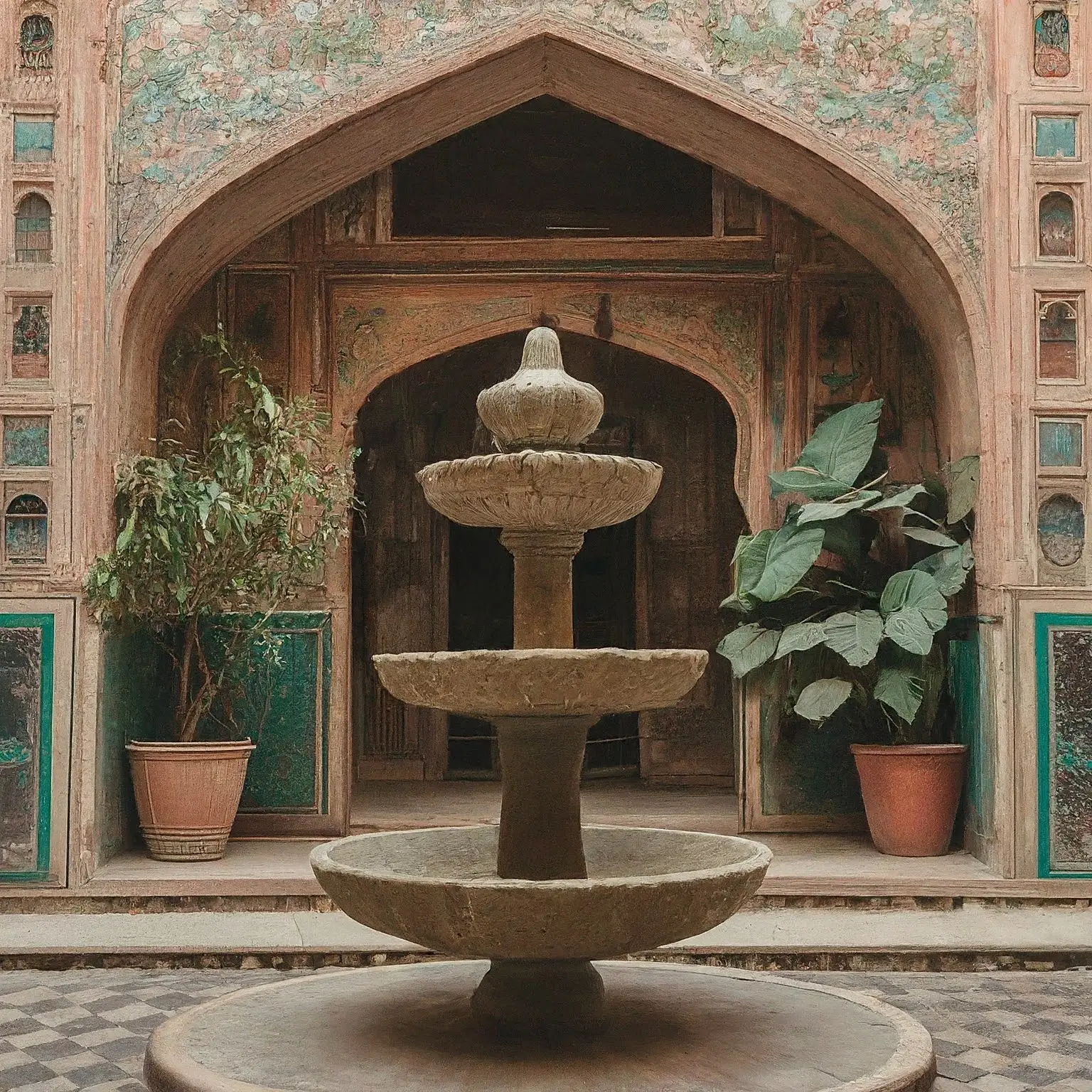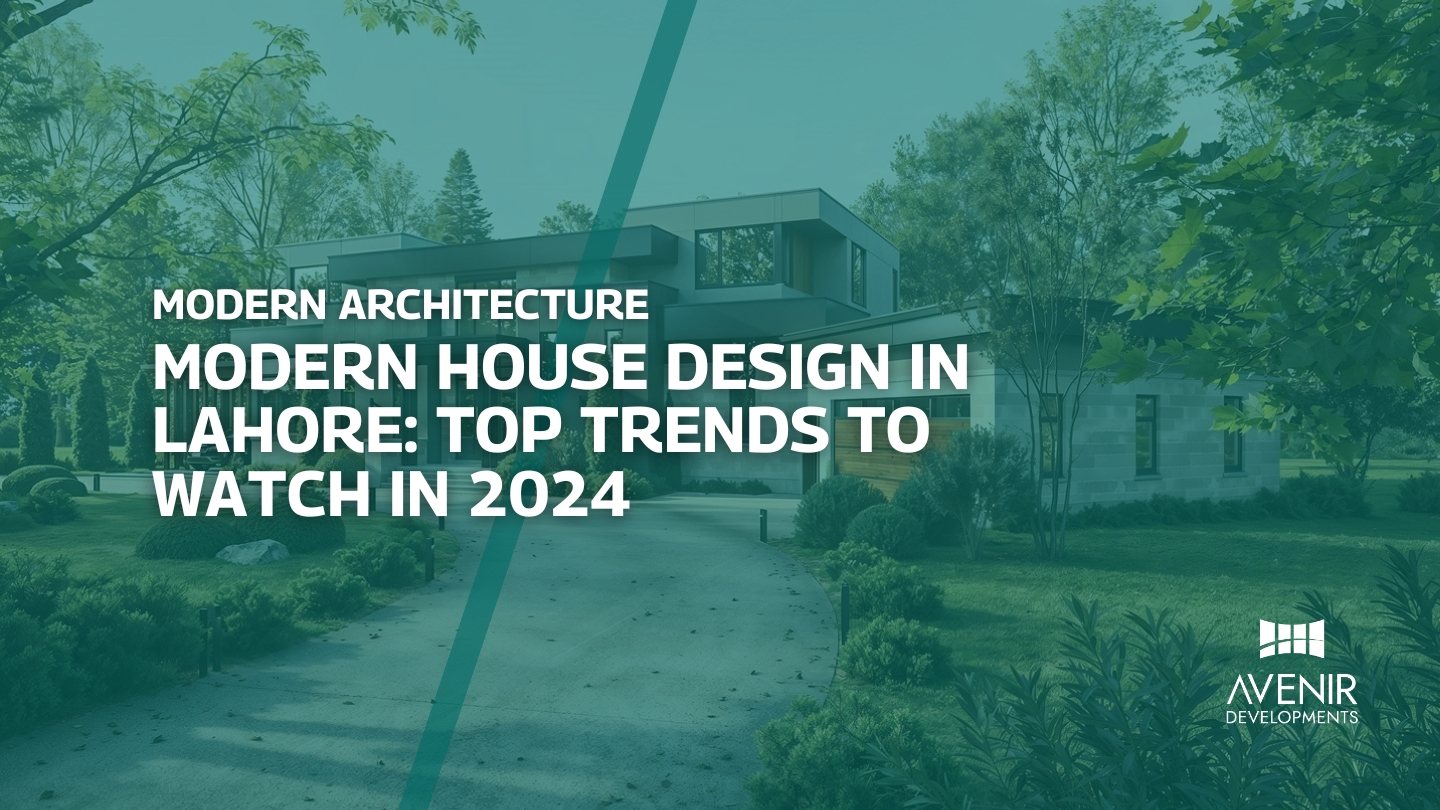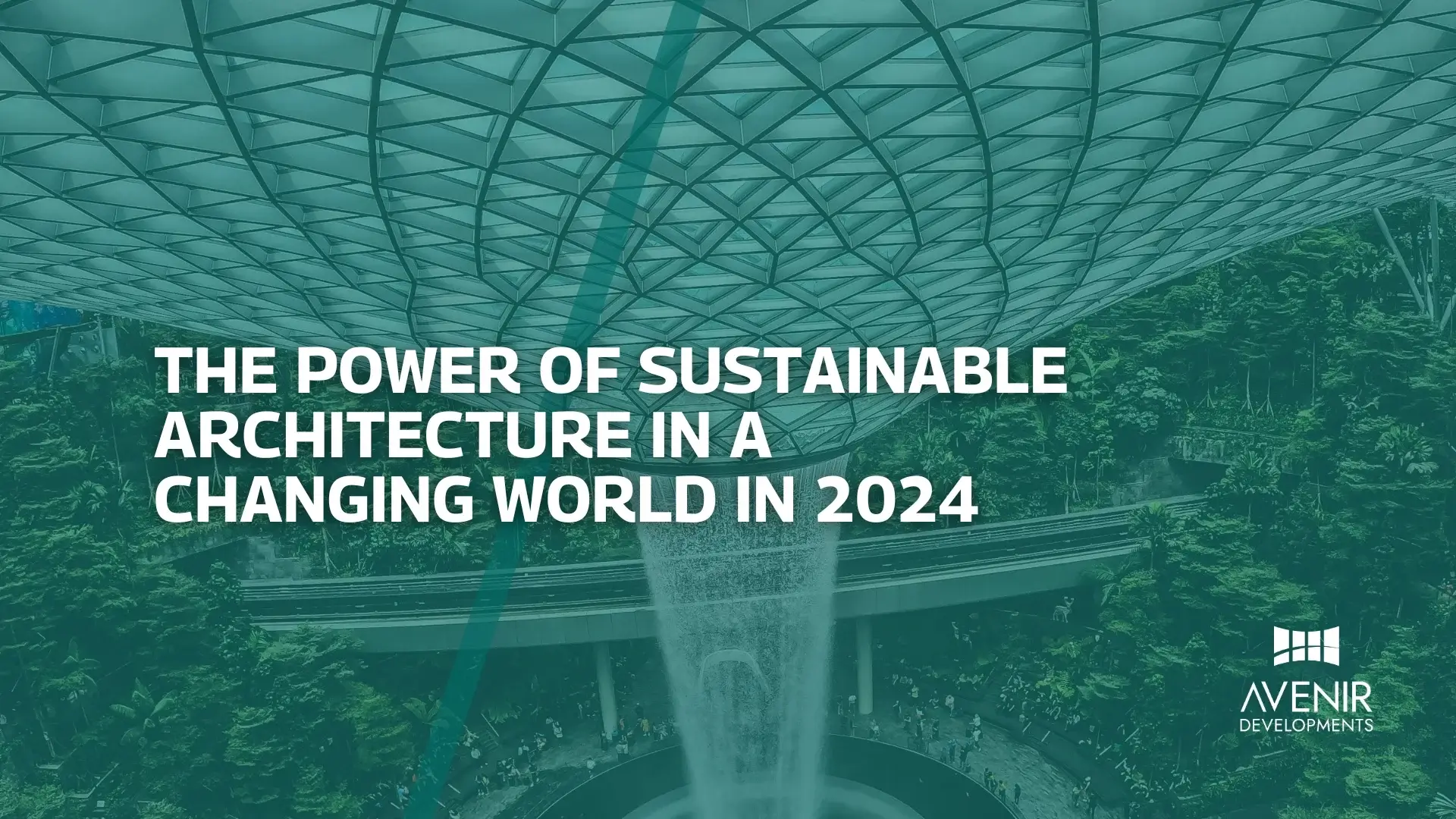Imagine this: I’m in a charming riad in Marrakech, sipping mint tea under the shade of a centuries-old olive tree. The intricate tilework, the warm hues of the hand-woven carpets, the soft glow of lanterns… It’s a world away from the sleek lines and minimalist aesthetic of my own modern home in Lahore. Yet, there’s an undeniable comfort, a sense of rootedness in this traditional setting that I find myself longing for. It sparked a question in me: How can we bring the warmth and soul of tradition into our contemporary living spaces?
This question, my friends, is at the heart of what we’re exploring today: Back to Basics: Modern Living with Traditional Elements. We’re diving into how we can seamlessly blend the rich heritage of Pakistani design with the sleek functionality of modern architecture. Whether you’re a homeowner, an interior enthusiast, or simply curious about the latest design trends, this article is your guide to creating a home that’s both modern and steeped in tradition.
Why should you care?
- Elevate Your Living Space: Discover how traditional elements can add depth, character, and a touch of the exotic to your home.
- Reconnect with Your Roots: Learn how to honor your cultural heritage through design choices that resonate with your personal story.
- Boost Your Home’s Value: Explore how incorporating traditional elements can make your home more unique and appealing in the real estate market.
Intrigued? Let’s journey together through the world of modern living with traditional elements, uncovering the secrets to creating a home that’s both timeless and on-trend.
Traditional Elements in Modern Homes: A Deeper Dive
Before we delve into the “how-to,” let’s take a moment to understand the “what.” What exactly do we mean by “traditional elements”? In the context of Pakistani design, this encompasses a vast and vibrant array of influences, from the geometric patterns of Mughal architecture to the earthy textures of rural craftsmanship. It’s about embracing the artistry of our ancestors and weaving it into the fabric of our modern lives.
A Brief History and Evolution
The concept of blending traditional and modern elements in design isn’t new. In fact, it’s a trend that has been evolving for decades, both in Pakistan and globally. From the Arts and Crafts movement of the late 19th century to the mid-century modern designs of the 1950s and 60s, architects and designers have consistently sought to bridge the gap between the old and the new.
In Pakistan, this trend has gained significant momentum in recent years, as a growing number of homeowners seek to create spaces that reflect their cultural identity while embracing contemporary comforts and conveniences. This shift is evident in the rise of “traditional modern” homes, a design style that seamlessly blends elements of both worlds.
Why It Matters
The incorporation of traditional elements into modern homes is more than just a passing fad; it’s a movement with profound implications. Here’s why it matters:
- Preservation of Cultural Heritage: In a rapidly globalizing world, it’s crucial to preserve our unique cultural heritage. Incorporating traditional design elements into our homes is a tangible way to celebrate and pass down our traditions to future generations.
- Enhanced Aesthetic Appeal: Traditional elements add a layer of depth, richness, and visual interest to modern spaces. Think intricately carved wooden screens, colorful hand-painted tiles, or vibrant textiles with traditional motifs. These elements can transform a plain room into a work of art.
- Psychological Well-being: Studies have shown that environments that connect us to our cultural roots can have a positive impact on our mental and emotional well-being. A home that incorporates traditional elements can foster a sense of belonging, comfort, and nostalgia.
- Economic Impact: The growing demand for traditional craftsmanship is creating economic opportunities for artisans and craftspeople in Pakistan. By choosing to incorporate traditional elements into our homes, we’re not only supporting local businesses but also contributing to the preservation of these valuable skills.
Trending Now: Traditional Elements in Pakistani Homes & Beyond
Now, let’s dive into the exciting world of what’s trending in traditional-modern design, both here in Pakistan and globally. From the bustling streets of Lahore to the design capitals of the world, a beautiful fusion is taking place.
Pakistan’s Traditional-Modern Renaissance
Here in Lahore, we’re witnessing a renaissance of traditional-modern design. Walk through the historic Walled City, and you’ll see centuries-old havelis being lovingly restored, their intricate woodwork and vibrant frescoes juxtaposed with sleek modern interiors.
New developments are also embracing this trend. The government’s recent push for sustainable and culturally relevant architecture is encouraging builders and architects to incorporate traditional elements into their designs. A great example is the upcoming “Heritage Village” project in Lahore, which aims to create a modern residential community that pays homage to the city’s rich architectural heritage.
Here are some key trends I’ve observed
- The Rise of the Courtyard: Inspired by traditional Pakistani homes, courtyards are making a comeback. These open-air spaces provide natural light, ventilation, and a serene retreat from the hustle and bustle of city life.
- Artisanal Revival: There’s a growing appreciation for handcrafted pieces, from intricately carved wooden furniture to handwoven textiles. These unique pieces add warmth and character to modern spaces.
- Jali Work: The delicate geometric patterns of jali (latticework) are being used in innovative ways, from screens and partitions to decorative wall panels.
- Terracotta Revival: This humble material is being reimagined in stunning ways, from terracotta tiles and planters to decorative wall accents.
You can find many beautiful examples of traditional-modern design on the websites of leading Pakistani architects and designers, such as Avenir Developments, Nayyar Ali Dada & Associates, and Shahid Abdulla.
Global Trends: A World of Inspiration
The traditional-modern movement isn’t confined to Pakistan. It’s a global phenomenon, with designers and homeowners around the world drawing inspiration from their cultural heritage.
In Japan, for example, the concept of “wabi-sabi” (finding beauty in imperfection and impermanence) is influencing modern design, with an emphasis on natural materials, organic forms, and a minimalist aesthetic. In Morocco, the vibrant colors and intricate patterns of traditional riads are being reinterpreted in contemporary homes and hotels.
From the earthy tones of Scandinavian design to the bold patterns of African textiles, there’s a wealth of inspiration to be found in traditional cultures around the world.
Key Takeaways
- Traditional-modern design is a growing trend in Pakistan, with both government initiatives and individual homeowners embracing this style.
- Data from Avenir Developments shows that homes with unique architectural features, including traditional elements, can command a premium of up to 10% in the real estate market.
- A 2022 report by the World Green Building Council found that buildings incorporating traditional building techniques and materials often have a lower environmental impact compared to conventional construction methods.
- Key trends include the revival of courtyards, artisanal craftsmanship, jali work, and terracotta.
- The traditional-modern movement is a global phenomenon, with designers and homeowners around the world drawing inspiration from their cultural heritage.

Your Burning Questions About Traditional-Modern Design, Answered
As a property developer and design enthusiast, I’ve had countless conversations about traditional-modern design. Here are the questions I hear most often, along with my expert insights:
Q1: Isn’t incorporating traditional elements into a modern home expensive?
A: Not necessarily! While some authentic antiques or handcrafted items can be pricey, there are plenty of budget-friendly ways to incorporate traditional touches. Consider using reclaimed materials, shopping at local artisan markets, or even DIYing some decorative elements. You can also focus on smaller accents like textiles, artwork, or light fixtures that won’t break the bank.
Q2: Won’t traditional elements make my modern home look outdated?
A: Absolutely not! The key is to strike a balance. Use traditional elements as accents rather than overwhelming the space. Pair antique furniture with modern lighting, or use traditional textiles to upholster modern chairs. The contrast between old and new can actually create a more dynamic and visually interesting space.
Q3: Where can I find authentic traditional pieces in Pakistan?
A: Lahore is a treasure trove of traditional crafts! Explore the bustling bazaars of Anarkali and Liberty Market for textiles, carpets, and antiques. The Walled City is home to numerous workshops where you can find exquisite woodwork and metalwork. For a curated selection of contemporary pieces with traditional influences, check out design studios and boutiques like Khaadi, Lalarukh, and Generation.
Q4: Can I incorporate traditional elements into a small apartment?
A: Absolutely! You don’t need a sprawling haveli to embrace traditional design. A few well-chosen pieces can make a big impact. Consider a colorful kilim rug, a vintage mirror, or a collection of traditional pottery. Even a single piece of statement furniture, like a carved wooden cabinet or a jharoka-inspired window seat, can infuse your apartment with cultural charm.
Q5: How can I ensure that the traditional elements I choose are authentic and respectful of my heritage?
A: Do your research! Learn about the different regional styles and traditions in Pakistan. Visit museums, historic sites, and artisan workshops to gain a deeper understanding of the craftsmanship and cultural significance behind these elements. Consider consulting with a design professional who specializes in traditional-modern design to ensure that your choices are both aesthetically pleasing and culturally appropriate.
My Top Tips for Blending Traditional and Modern Design
Now that you’re inspired and informed, let’s get practical. As someone who has designed and built countless homes in Pakistan and abroad, I’ve learned a thing or two about creating spaces that are both beautiful and functional. Here are my top tips for seamlessly blending traditional and modern elements in your home:
- Start with a Neutral Base: A neutral color palette (think whites, creams, grays, or earthy tones) provides a versatile backdrop for both modern and traditional elements. It allows you to play with textures and patterns without overwhelming the space.
- Choose Your Traditional Accents Wisely: Select a few key pieces that speak to your personal style and cultural heritage. A vintage rug, a carved wooden screen, a collection of antique brassware – these are just a few examples of how you can add a touch of tradition without going overboard.
- Balance is Key: Avoid clustering all your traditional elements in one area. Instead, spread them throughout your home to create a sense of harmony and flow. A traditional rug in the living room, a carved wooden headboard in the bedroom, and a vintage mirror in the hallway can all work together to create a cohesive look.
- Embrace Juxtaposition: Don’t be afraid to mix and match styles. Pair a sleek modern sofa with traditional throw pillows, or hang a contemporary artwork above an antique chest of drawers. The contrast between old and new can be visually striking and incredibly chic.
- Lighting Makes All the Difference: Use lighting to highlight your traditional elements and create a warm, inviting ambiance. Consider pendant lights with intricate jali work, sconces with traditional motifs, or even strategically placed candles to add a touch of romance and drama.
- Don’t Forget the Outdoors: Extend your traditional-modern aesthetic to your outdoor spaces. Use terracotta planters, carved stone benches, or even a traditional jhoola (swing) to create a backyard oasis that feels both modern and rooted in heritage.
- Seek Inspiration: Look for inspiration in traditional Pakistani architecture, textiles, and crafts. Visit museums, historic sites, and artisan workshops to deepen your understanding and appreciation of these rich traditions.
- Consult with a Professional: If you’re feeling overwhelmed or unsure where to start, don’t hesitate to seek help from a design professional. A skilled architect or interior designer can help you create a traditional-modern home that reflects your unique style and personality.
Your Dream Home Awaits
There you have it, my friends – a deep dive into the captivating world of modern living with traditional elements. We’ve explored its rich history, its growing popularity in Pakistan and globally, and the practical ways you can weave it into your own home.
Remember, this isn’t about creating a museum or a time capsule. It’s about honoring your heritage while embracing the comforts and conveniences of modern life. It’s about crafting a space that feels authentically you, a place where your personal story and cultural identity intertwine.
Whether you’re drawn to the intricate details of Mughal architecture, the earthy charm of rural crafts, or the vibrant hues of Pakistani textiles, there’s a way to incorporate these elements into your home in a way that feels fresh, modern, and uniquely yours.
So, what are you waiting for? Embrace your roots, let your creativity soar, and create a home that tells your story. Remember, the most beautiful homes are the ones that reflect the people who live in them.
Ready to Bring Your Vision to Life?
If you’re ready to embark on your traditional-modern design journey, we’re here to help. At Avenir Developments, we specialize in creating homes that blend the best of both worlds. Our team of experienced architects, interior designers, and builders can guide you through the entire process, from concept to completion.
Contact us today on WhatsApp or Call +923001101103 for a free consultation. Let’s create a home that’s a true reflection of your unique style and heritage.
Read More: Pakistan Debates Solar Power Policy Amidst Negotiations with IMF






